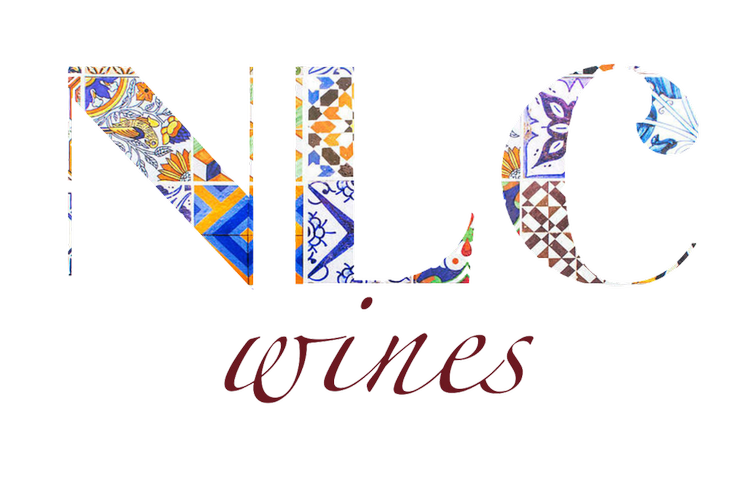COLARES
On the coast, northwest of Lisbon, there is a small D.O.C. (Denominação de Origem Controlada) called Colares, first recognized on September 18, 1908. It is one of Portugal’s most ancient areas and it is entirely planted on sand. When phylloxera destroyed most of Europe’s vines in the 19th century, it didn’t destroy Colares. Their vines are all original, ungrafted, and, for the most part, very old.
For wines to be demarcated as “Colares” there are a series of specific constraints, including:
1. Districts: Colares, São Martinho e São João das Lampas
2. Soil type (80% sand),
3. Grapes: at least 80% Ramisco for reds, at least 80% Malvasia de Colares for whites
4. Height of vines: at most 40cm off sand
5. Aging: For Reds, at least 18 months in barrels followed by 6 months in bottle; For Whites, at least 6 months in barrel, followed by 3 months in bottle (though most producers release wines with significant more time in bottle)
6. Alcohol: at least 10%
Though there are several vines planted on “chao rijo” (non-sandy soils) in the region, these are not legally DOC Colares wines, but rather have the Regional Lisbon classification.
Colares is also one of the most endangered wine regions in the world. It has become the go-to vacation spot for affluent Lisboans so the land has become much more valuable as beachfront property than vineyard land. There are only 23 hectares left. The production of wines allowed to use the Colares designation is around 9000 bottles… quite a change from a century ago when there were thousands of hectares of vines and, as one of the only regions left with vineyards, their reputation soared. They were called “The Bordeaux of Portugal” and experienced a brief, yet intense, international flowering of interest, but as Europe’s vineyards came back on line and Portugal descended into a nearly eighty years of strife, civil war, and dictatorship, the fortunes of Colares faded.
Today, there are only a handful of producers working the land in Colares. The expertise lies in the hands of older generations but will be, at last, passed down to a younger dynamic and interested few that promise to keep this unique old (old) world tradition alive.
The red grape in Colares is called Ramisco, the white is Malvasia. Ramisco is grown nowhere else, and same goes for this specific strain of Malvasia (although we find its cousin in the Douro and other parts of Portugal).

